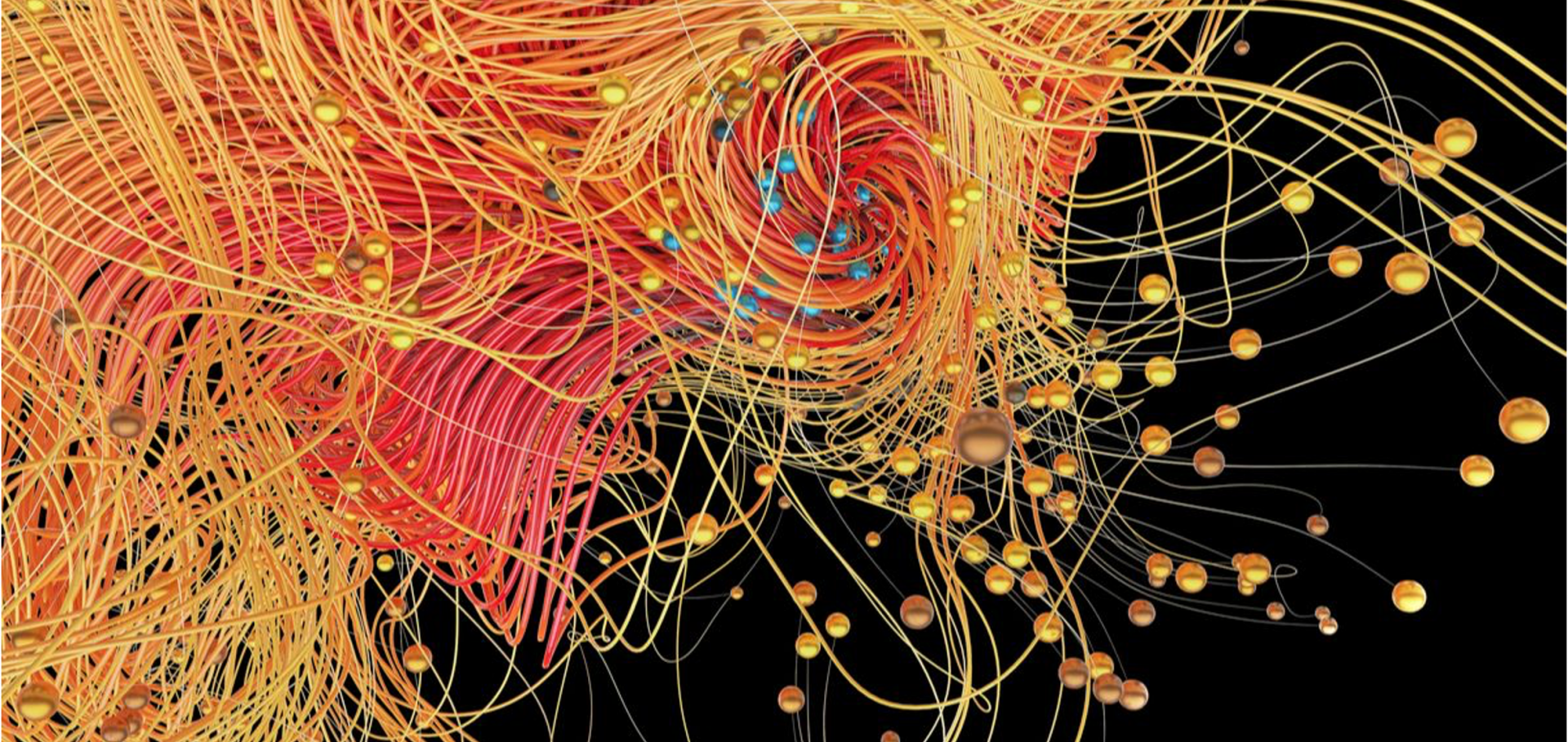Magnetoelastic coupling across the metamagnetic transition in Ca$_{2-x}$Sr$_x$RuO$_4$ (0.2 < x < 0.5)
(2006)
Magnetoelastic coupling across the metamagnetic transition in Ca$_{2-x}$Sr$_x$RuO$_4$ (0.2 < x < 0.5)
ArXiv cond-mat/0610769 (2006)
Abstract:
The magnetoelastic coupling in Ca$_{1.8}$Sr$_{0.2}$RuO$_4$ and in Ca$_{1.5}$Sr$_{0.5}$RuO$_4$ has been studied combining high-resolution dilatometer and diffraction techniques. Both compounds exhibit strong anomalies in the thermal-expansion coefficient at zero and at high magnetic field as well as an exceptionally large magnetostriction. All these structural effects, which are strongest in Ca$_{1.8}$Sr$_{0.2}$RuO$_4$, point to a redistribution of electrons between the different $t_{2g}$ orbitals tuned by temperature and magnetic field. The temperature and the field dependence of the thermal-expansion anomalies in Ca$_{1.8}$Sr$_{0.2}$RuO$_4$ yield evidence for a critical end-point lying close to the low-temperature metamagnetic transition; however, the expected scaling relations are not well fulfilled.Understanding the insulating phase in CMR manganites: Shortening of the Jahn-Teller long-bond across the phase diagram of La_{1-x} Ca_x Mn O_3
(2006)
Understanding the insulating phase in CMR manganites: Shortening of the Jahn-Teller long-bond across the phase diagram of La_{1-x} Ca_x Mn O_3
ArXiv cond-mat/0609485 (2006)



